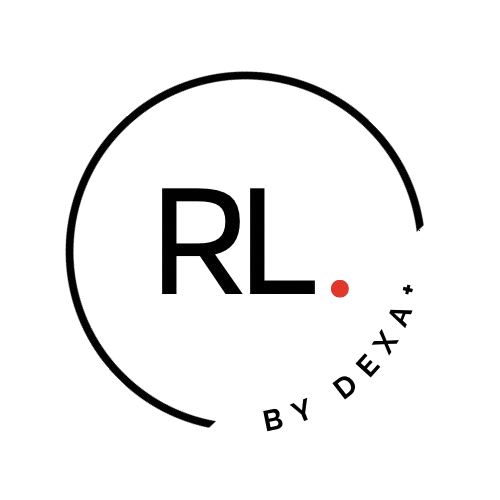
How Red Light Therapy Helps Improve Mood: The Science Behind the Glow
Share
Feeling tired, low, or emotionally drained? You're not alone. Millions struggle with mood swings, seasonal affective disorder (SAD), and chronic stress — especially in today's screen-heavy, indoor lifestyles. But a surprising remedy is making waves in both wellness and clinical communities: red light therapy.
This non-invasive, scientifically backed technology doesn’t just improve physical health — it can also enhance mood, reduce anxiety, and combat depression.
What Is Red Light Therapy?
Red light therapy (RLT), also known as photobiomodulation (PBM), uses low-level red and near-infrared (NIR) light wavelengths (typically 660nm and 850nm) to stimulate cellular energy production and reduce inflammation.
Originally developed for wound healing and tissue repair, RLT is now widely used in: Muscle recovery, Skin rejuvenation, Joint pain relief, Mood enhancement and mental wellness.
Learn more about how red light therapy works from this NIH review or hear from the Longevity Expert Gary Brecka..
Red Light & Mood: What the Research Says
Several studies show that light plays a direct role in regulating mood, energy levels, and sleep cycles. While blue light impacts alertness and circadian rhythm, red and near-infrared light uniquely penetrate deeper into the brain’s tissue — promoting neuroprotection, mitochondrial health, and hormonal balance.
Key Findings:
Increased Mitochondrial Activity = Better Brain Function
-
Red light boosts ATP (cellular energy), which enhances mental clarity and resilience to stress.
Source: Photobiomodulation and the brain
Reduced Symptoms of Depression
Clinical trials using near-infrared light on the forehead have shown significant reductions in depression and anxiety scores.
Source: Harvard Medical School - PBM for mental health
Red light promotes natural melatonin production without suppressing it like blue light. Improved Sleep = Better Mood.
Better sleep is directly tied to better emotional regulation.
Source: Journal of Athletic Training
While traditional SAD therapy uses bright white light, red light may complement this by reducing inflammation and stabilizing mood at a cellular level.
Source: National Library of Medicine - SAD treatment comparison
Positive Effects on Seasonal Affective Disorder (SAD)
How Red Light Therapy Enhances Neurotransmitters
Red light is believed to stimulate serotonin, dopamine, and endorphins — the "feel-good" chemicals responsible for joy, motivation, and relaxation.
Research suggests:
- Red/NIR light boosts prefrontal cortex activity, a region often underactive in depression.
- Improved oxygenation and blood flow support better neurological function.
-
This makes it ideal for those suffering from brain fog, mood disorders, and chronic fatigue.
Real-World Benefits: What Users Are Saying
Thousands of users report using red light panels like Red Light by DEXA Plus to help:
- Lift mood during dark winter months
-
Improve motivation and energy in the mornings
-
Reduce symptoms of anxiety and emotional burnout
-
Support cognitive recovery after high-stress periods
"I started red light therapy as part of my nighttime routine. Within 2 weeks, my sleep was deeper, and I felt noticeably less anxious." — Sarah, Wellness Coach
Best Practices for Mood Support
When & How to Use Red Light Therapy:
Session time: 10–20 minutes
Frequency: 4–5 times per week
Distance from panel: 6–12 inches
Placement: Face, forehead, chest, or neck for mental clarity and mood regulation
Best Red Light Device for Mood: Red Light by DEXA Plus
- Features 660nm + 850nm wavelengths — optimal for both surface and deep tissue targeting.
-
Designed for brain health, emotional well-being, and inflammation reduction.
-
High-output LED panels ensure maximum irradiance for effective therapy.
-
Trusted by clinics, athletes, and wellness seekers nationwide.
Final Thoughts: A Natural Way to Feel Better
Whether you're struggling with SAD, burnout, or just want a natural way to elevate your emotional wellness, red light therapy offers a science-backed path toward mood enhancement. With consistent use, it can become a powerful part of your mental health toolkit.
Ready to feel the difference? Explore our full range of mood-boosting panels at DEXA Plus Red Light.
References:
Photobiomodulation and mental health – NCBI
Red Light Therapy and ATP production – PubMed
Bright Idea – Harvard Medical School
